ACT; A European initiative to accelerate CCS technologies
ELEGANCY is funded by ACT, an ERA-NET Co-fund project of Horizon2020. ACT has ten partners from nine countries, and is led by the Research Council of Norway. The first call had a budget of 41 MEUR, and for this call both EU and the member countries contributed with funding.
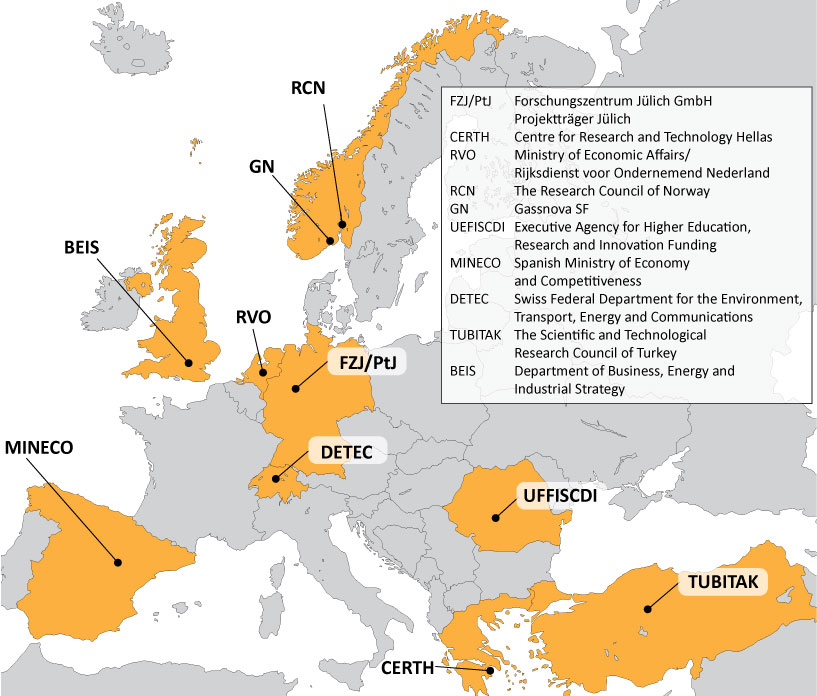
Hydrogen and low carbon economies
The idea of ELEGANCY is to build on the FP6 project – DYNAMIS in the new context of COP21, ACT, the SET Plan update and the hydrogen economy. In a hydrogen economy, hydrogen replaces carbon-emitting fuels used in e.g. electricity production, transport and heating. The reason hydrogen is an attractive fuel is because it’s only biproduct is water.
Hydrogen is not found in its pure form on earth though. Therefore, it must be produced from other sources, e.g. electrolysis or natural gas. It’s easy to see how a low carbon economy needs hydrogen for low emission heating, cooling, and transport. But, producing H2 from natural gas emits CO2. Therefore, this is one of the places for CCS technology to come into play.
CCS and H2 are mutually important for industrial decarbonization and power generation, whether it is fueled by hydrogen or based on fossil fuels with CCS. Further, the low carbon economy needs CCS to provide a credible carbon negative solution and provide the speed needed in the energy transformation and climate change mitigation.
How will ELEGANCY decarbonize Europe’s energy systems?
The aim of ELEGANCY is to fast-track the decarbonization of Europe’s energy system by exploiting the synergies between two main low-carbon technologies: CCS and H2. The key elements in ELEGANCY are the H2/CO2 separation stage and the transportation, injection and storage of CO2. Experimental investigations will be performed for each of these. In addition, thermodynamic properties needed in the entire chain will be experimentally investigated.
This will be done through
- Validation of key elements of the CCS chain by pilot- and laboratory-scale experiments using ECCSEL and EPOS research infrastructure
- Optimization of combined systems for H2 production and H2-CO2 separation
- De-risking of storage of CO2from H2 production by providing experimental data and validated models
- Provide an open source techno-economic simulation tool for the full CCS chain, including H2 as energy carrier
- Assess societal support of key elements of CCS
- Identify business opportunities for industrial CCS enabled by H2 by performing five national case studies
A large number of choices must be made
The figure above shows possible European chains of production, transport, storage and usage for H2, CO2 and natural gas in the five countries participating in ELEGANCY. This map illustrates the large number of choices that must be made about the future energy system:
- H2: Where to produce,how to transport and use it?
- CO2: Where and how to capture it, how to transport it, end where to store it?
Major stationary CO2 emission sources in Europe are located relatively close to offshore CO2 storage sites. ELEGANCY brings together research partners from key countries, including the UK, Rotterdam and Ruhr areas by introducing H2 as an energy carrier together with offshore CO2 storage.
Accelerating the implementation of H2-CCS systems through national case-studies
Five national case studies are included in ELEGANCY in order to accelerate the implementation of H2-CCS systems. The aim of the studies is to adapt technological and business case solutions derived within the project to national and regional conditions and market opportunities.
Dutch case study
The Dutch case study will develop a roadmap for decarbonizing the Rotterdam Port and wider industrial region. The area depends heavily on oil and gas through import and export of oil products, oil refining and petrochemical operations as well as power generation. A credible path to decarbonization must therefore be via the implementation of H2 and CCUS.
Swiss case study
The Swiss case study aims to demonstrate the key role of CCS in addressing the two major Swiss emission sources:
- The transport sector
- Heating of the building stock
Transport currently accounts for 40% of CO2 emissions in Switzerland. It is therefore essential to decarbonize the Swiss transport sector. Optimization of H2 production is thus important. The case study also aims to prepare the way for a CO2 storage site. This will be investigated alongside the development of deep geothermal energy. For this reason, the case study will favour the decarbonization of Swiss building stock, which accounts for another 30% of total CO2 emissions in Switzerland, through increased use of geothermal energy replacing natural gas. Finally, the Swiss case studies technology for negative CO2 emissions.
UK case study
The H21 Leeds City Gate Project, a study of 260 000 homes, provides evidence that converting the UK gas network to 100% hydrogen, integrated with CCS, is not only technically possible but economically viable.
Planning for the UK H21 Roadmap is currently in progress, which will entail large-scale deployment of H2-CCS through the wider application of the H21 findings to many UK cities. UK-wide incremental rollout is planned from 2026 to 2045 based around four natural gas reforming- and CCS centres. This incremental rollout is the base case investigated in the ELEGANCY UK case study, in particular the first phase rollout to three cities and associated industrial clusters. ELEGANCY research will be included as supporting material for the UK H21 Roadmap, ahead of the scheduled key policy decision and commitment to build in 2021.
In particular, the case study will focus on uncertainties related to storage of the CO2 stream captured from natural gas reforming units, on business case development and on energy network development for a phased UK rollout.
German case study
The German case study focuses on decarbonization of German natural gas as an energy carrier. The German gas grid is well developed, and decarbonization of chemical and process industry as well as households will require a large-scale transformation of infrastructure. Three different infrastructure scenarios for such a transition will be studied:
- Decentralized decarbonization of major point sources with CO2 transport to the Netherlands
- Import of natural gas/H2 compositions in the existing grid
- Import of H2 in a separate grid.
The study will investigate technical challenges as well as economic, legal and public-perception issues for these scenarios.
Norwegian case study
The Norwegian case study will evaluate the benefit of converting Norway’s large natural gas resources to H2 with CCS, primarily to satisfy the expected growth in worldwide demand of H2 as an energy carrier and additionally to mitigate emissions in off-shore platforms, the transport and industry sectors. This case study will also study the possible synergies with the Norwegian full-scale CCS project.
H2 -CCS value creation
Combining hydrogen with CCS offers an exciting opportunity for synergies and value creation
- Common use of infrastructure and the same offering to the end-user
- Flexible hydrogen production offering balancing value to the grid
- Could provide Europe with a unique position in industry, heating and cooling and transport
To sum up
- ELEGANCY is an ERA-NET ACT project with a highly relevant work plan
- The project will exploit the synergies between two key low-carbon technologies; CCS and H2
The joint effort between EU and national funding bodies, industry and research reveals the potential of development and learning across disciplines, countries and industries.
Hopefully I have now managed to explain how ELEGANCY will contribute to Fast-track the decarbonization of Europe’s energy system.

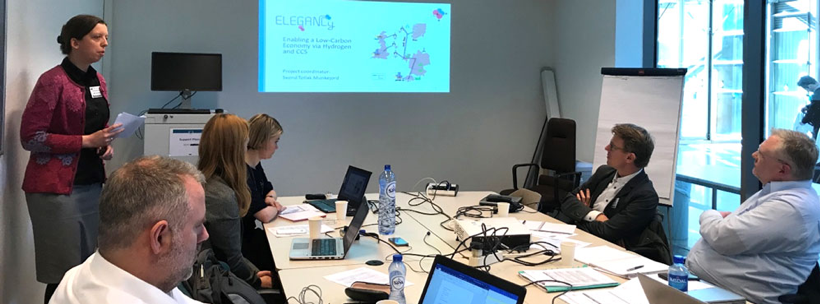

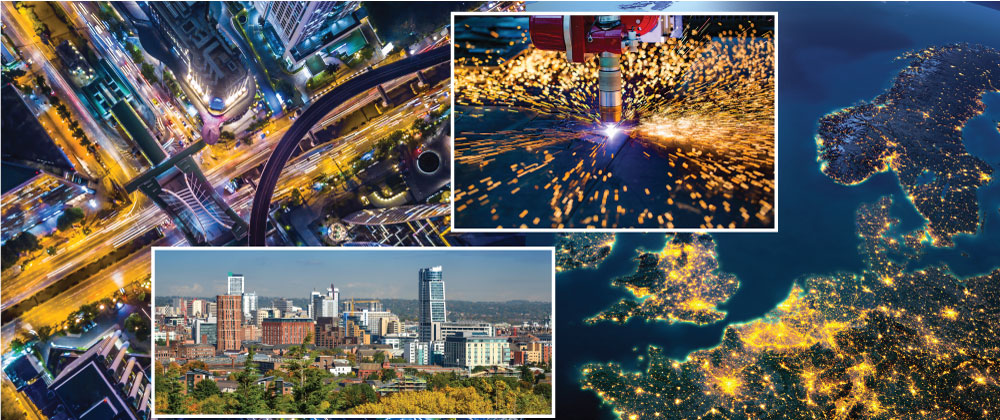
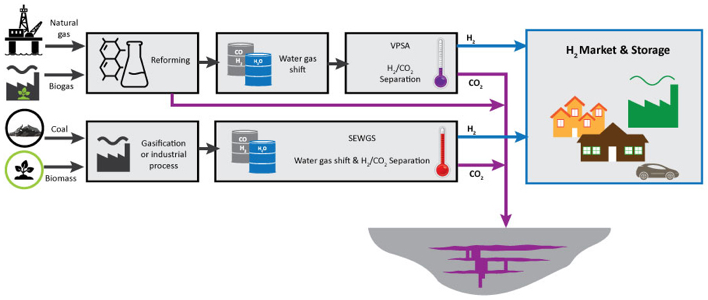
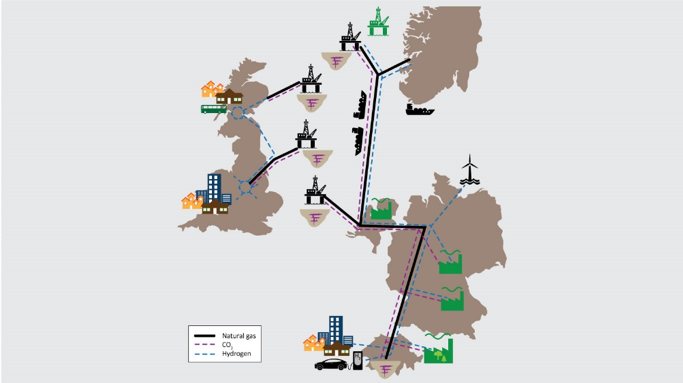
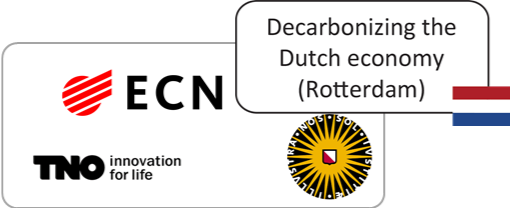
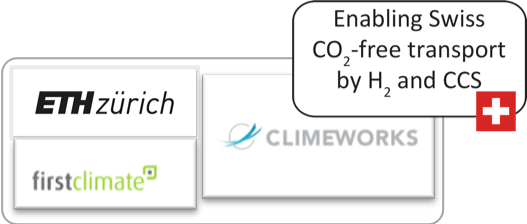


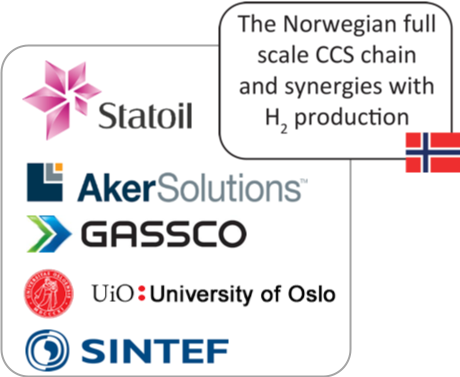




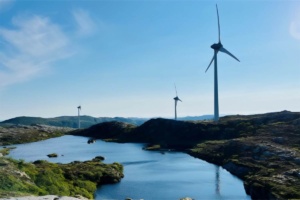

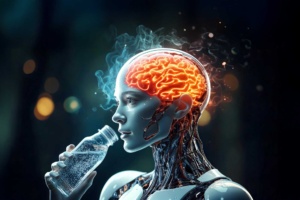


Comments
No comments yet. Be the first to comment!